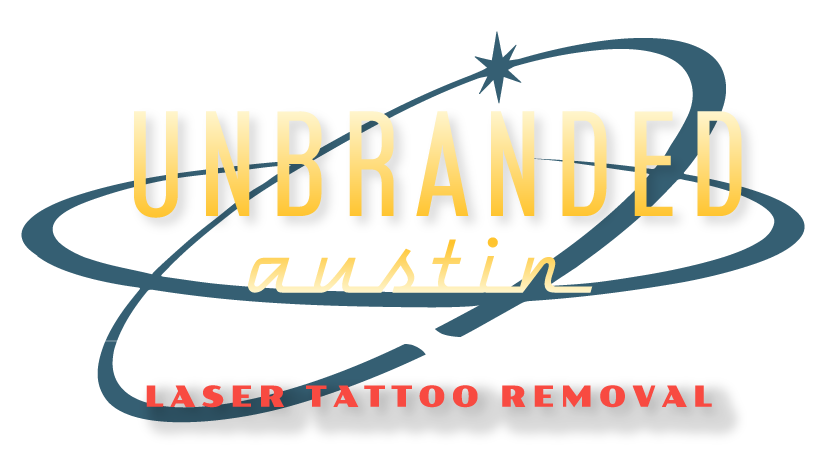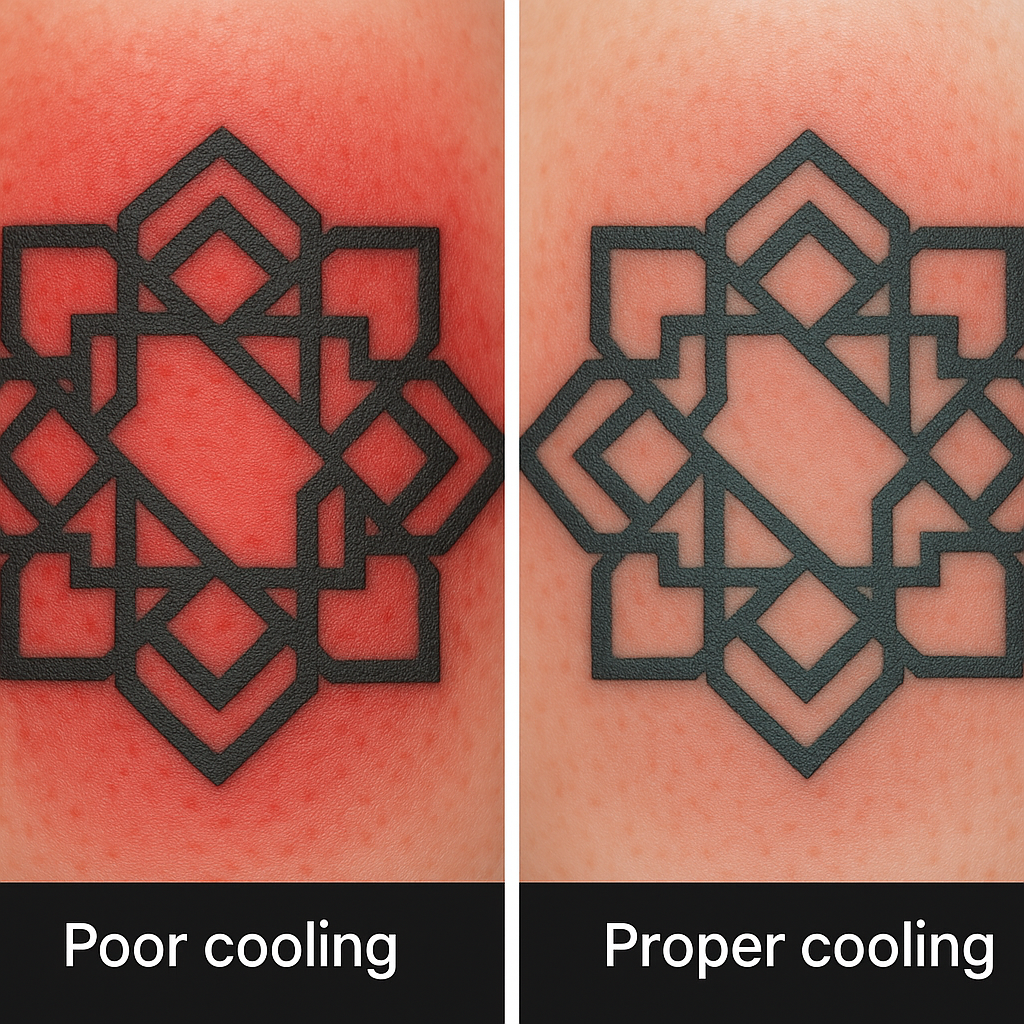At UNBRANDED Austin, I’ve made it a point to constantly refine how I approach laser tattoo removal—because better technique means better results, and usually in fewer sessions. One area I’ve improved in 2025 is skin cooling. It might sound like a minor detail, but it makes a big difference in client comfort and treatment outcome.
Here’s why proper skin cooling matters:
1. It helps numb the skin.
Cooling the skin before treatment helps take the edge off. Even though laser pulses are fast, they pack a punch. Giving the skin a proper chill before I begin helps dull that initial sting and makes the whole experience a lot more tolerable.
2. It reduces unnecessary tissue damage.
Laser tattoo removal works by creating controlled damage, but that doesn’t mean I want to cause more than necessary. By keeping the skin chilled before and during the session, I can reduce swelling, redness, and post-treatment irritation. That means less downtime and better healing.
3. It makes the ink more responsive to the laser.
This is something not many people realize: cooler skin allows the ink to respond better. When the skin isn’t busy trying to cool itself, the laser energy interacts more directly with the ink. That helps break it down more efficiently, which is what you want.
For a while, I relied on the Zimmer Cryo—the cold air machine most clinics use. It’s marketed as a complete solution, but over time I found that wasn’t really true. Clients still reported more discomfort than I was happy with. I also used to think ice packs were too basic to be taken seriously. But the real problem wasn’t the idea of using ice—it was using the wrong kind of ice packs.
So in 2025, I made a change. I now use the right kind of high-performance ice packs in combination with the Zimmer Cryo. That means the skin gets properly chilled before the first pulse and stays cool throughout the session. Clients have told me the difference is night and day.
I’m not here to just go along with what the industry says. I test things myself, and I listen to my clients. This adjustment might seem simple, but it’s had a huge impact. Sometimes going back to basics—when done right—is exactly what works best.


